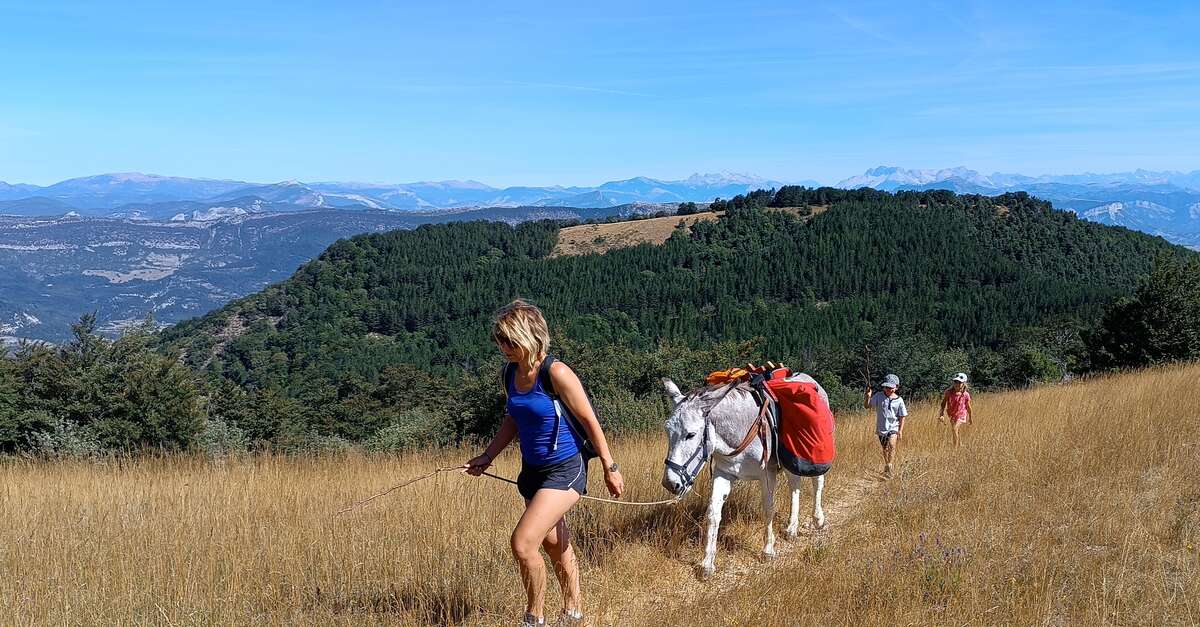The pull of an open trail often ends at a closed laptop, yet transforming a hike into a short film invites friends and strangers to feel the gravel under their shoes, too. Unlike studio productions, outdoor shoots run on headlamp light, pocket batteries, and weather forecasts that flip at a ridge line. This guide breaks down a trail-tested workflow, from packing the first SD card to uploading a polished mini-doc that any weekend explorer can follow without needing to rent cinema rigs.
Why Micro-Docs Beat Hour-Long Montages
Attention spans shrink in direct proportion to the length of streaming queues. A tight three-minute piece tells a complete arc, arrival, challenge, payoff, without losing mid-scroll viewers. Backpackers Maya and Joris proved the point on the West Highland Way: their three-part micro series logged twelve thousand plays and a 72 percent completion rate, while a separate fifteen-minute cut stalled at 31 percent. Short form forces sharper cuts, quicker rhythm, and fewer aches from stabilizing shots with tired arms. Learn the craft once, and every trek becomes raw footage for a new chapter in your channel’s visual diary. You can read more about framing tricks, then loop back here for gear specifics.
Pre-Trip Packing: Story First, Stuff Second
Sketch a logline before loading a pack. “Lake sunrise after a foggy ridge push” guides lens picks better than “film nature.” Two fully charged phone batteries, one 10,000 mAh power bank, and a pocket-sized clip mic weigh less than 400 grams combined yet cover a full weekend of shooting. Print a one-page shot list and laminate it with clear tape; when wind claws at loose paper, you still track progress. Use color-coded sticky tabs along the list, with green for A-roll narrative moments and yellow for B-roll textures, such as boot crunch or stove hiss, so you can grab them quickly during changing light conditions.
On-Trail Shooting: Borrow From Documentary Rhythms
Steady footage begins with body mechanics. Plant your feet shoulder-width apart, soften your knees, and cradle the phone in a landscape orientation. Walk heel-to-toe, rolling weight so the phone rides an invisible rail. Capture three angles per scene: wide to set locale, medium for movement, tight for emotion (a grin at the summit, steam off coffee). Record ten seconds of ambient audio at every stop; layering those tracks under transitions lifts realism in post. When the camera fogs from cliff mist, wipe with a microfiber cloth warmed in your pocket, not a cold rag that can smear condensation into streaks.
Editing in a Campsite Chair
Even on a tablet, a clean assembly edit is possible before the second campfire. Toss every clip into a new timeline, trim dead frames, and maintain chronological order. Listen for sudden wind bursts; dip those sections by 6 dB or cover with a matching ambient loop from earlier. Drop markers at rhythmic beats of footsteps or trekking-pole taps; those audio pulses become natural cut points. Overnight export at 1080p to conserve battery, then review before sunrise to catch jump cuts while the trail is still outside the tent flap for pickups.
Gear Weight and Function Cheat Sheet
| Item | Grams | Purpose | Comment |
| Phone + case | 210 | 4K capture | Stabilized sensor |
| Clip mic | 30 | Wind rejection | Foam cover included |
| Mini tripod | 140 | Time-lapse | Doubles as a grip |
| Power bank | 230 | Re-charge | 10,000 mAh |
| Foldable reflector | 60 | Soft fill | Silver/white sides |
Total video kit: 670 grams, rides in the side pocket for fast access.
Music and Voice: Keep It Authentic
Royalty-free tracks flood the internet, yet many smell of stock. Instead, record rhythmic campsite sounds, such as tent zippers, water boiling, and spoons stirring. Layer these under subtle chords from a free acoustic loop to keep the pacing without drowning out natural sound. Narrate in the field; the altitude strain in your voice tells the truth no studio booth can fake. Speak one inch from the clip mic, shielded by a glove to block gusts.
Publishing With Place and Purpose
Upload within seventy-two hours to ride personal excitement; captivate early commenters with fresh trail memory. Title videos with a verb and a landmark: “Crossing Devil’s Staircase at First Light.” Thumbnails earn clicks when the subject faces adventure rather than the camera: a back-turned hiker stepping toward the ridge invites viewers to join. Pin a comment listing GPS start and end points, elevation gain, and water sources. Viewers planning similar routes save the intel and boost watch time, returning to check details.
Closing Miles
Every hike gifts fleeting moments: frost crystals on tent fabric, raven shadows skimming ravines. Capturing them costs little more than intention and 670 grams of kit. Draft a shot list before lacing boots, harvest textures on the move, sculpt rhythm beside the campfire, and share while muscle memory still feels the trail. With practice, each micro-doc sharpens your eye and invites others into the journey, proving adventure can live in both footsteps and frames without heavy gear or heavy editing sessions.
